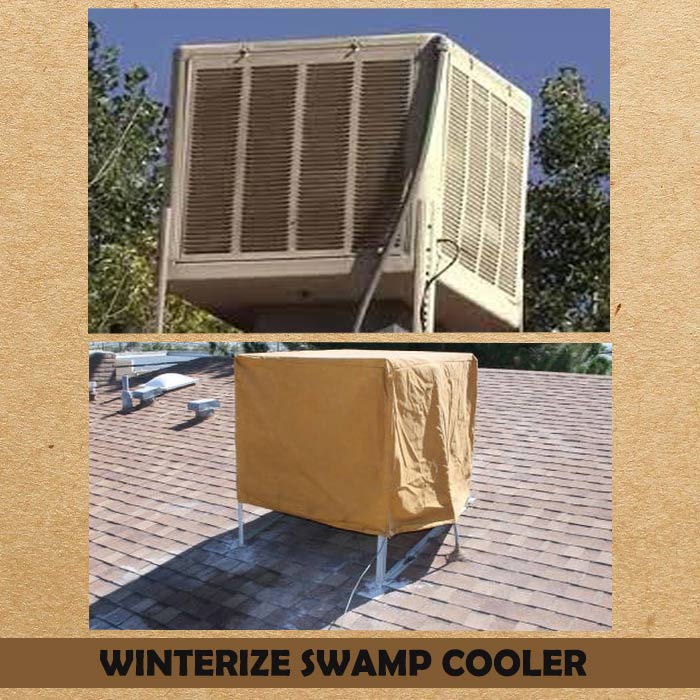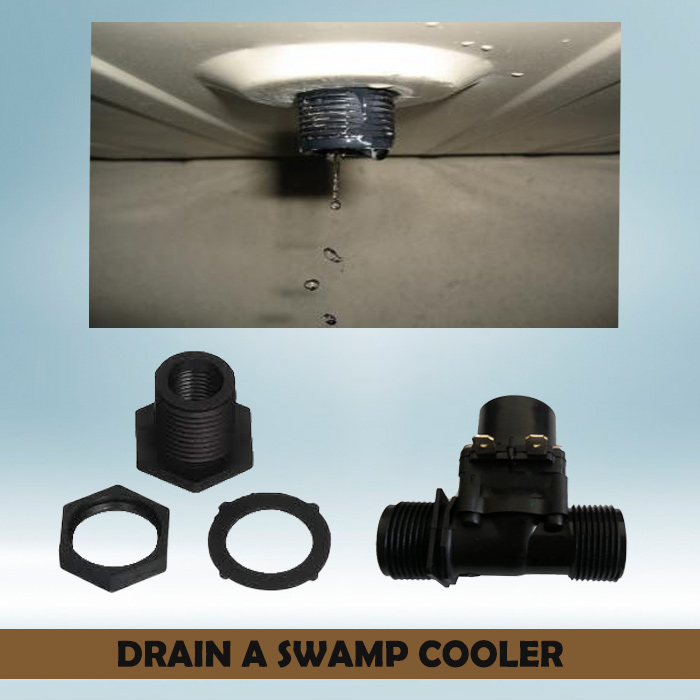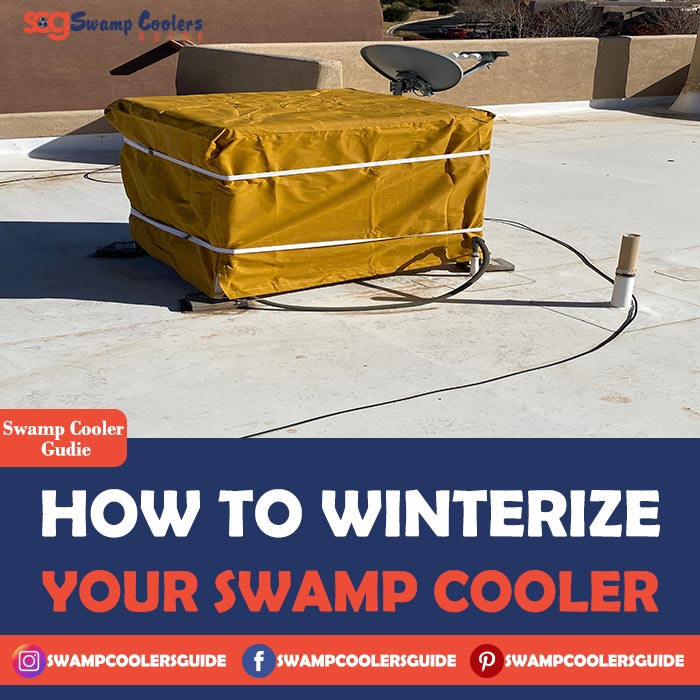If you want to maintain the performance of your swamp cooler after the winter season, you should winterize your swamp cooler. The question of when to winterize a swamp cooler is an important one. In this article, we explain when and how swamp coolers should be winterized.
When To Winterize Swamp Cooler:
When the temperature drops and the humidity in the air rises, you should winterize your swamp cooler to prevent corrosion. Winterizing the swamp cooler prevents corrosion on the valve, motor, pipes, and other equipment in just one step. This will not only prevent your swamp cooler from corrosion, but it will also save you money on maintenance and maintain performance.
The end of summer means you do not need cooling, so you should go about winterizing your swamp cooler. You don’t need to run the swamp cooler when the air is humid enough. Winterizing swamp coolers also depends on the temperature in different areas.
[rank_math_rich_snippet id=”s-4f52395c-91a0-4ff9-a86e-84dc977c68e2″]
Why A Swamp Cooler Needs To Be Winterized.
Swamp cooler should be winterized if the weather is normal and you do not need to run it. If the cooler isn’t winterized, it may lead to corrosion and other complications.
Winterizing your swamp cooler is a very simple process that will maintain the performance of your cooler and save you money spent on maintenance. By winterizing your swamp cooler, you prevent it from smelling, rusting, and growing algae.
What You’ll Need:
Answer of the question, When To Winterize Swamp Cooler is simple, You can winterize your swamp cooler using a quick and simple DIY process. It only takes a few simple tools and little knowledge about the parts of the swamp cooler.
While you are winterizing your swamp cooler, you need the following equipment.
- Sponges and rags
- Wrench
- Bucket
- Pliers
- Shop vacuum
- Swamp cooler cover
- Evaporative pads( if necessary to replace)
How To Winterize Swamp Cooler:
It is very easy to winterize your swamp cooler, and you can do it by following the simple guide below.
The water supply must be disconnected and shut off. Some swamp cooler valves are hidden, for example, in crawl spaces. When the line still has some water in it, remove the whole line.

The water in the cooler should be drained. Doing this prevents damage. When you drain water, it is often more effective to use a sponge to soak it up.
The cooler should be cleaned with a sponge. Make sure that there is no dirt, mineral residue, in the interior walls. Solid particles can be removed using a vacuum cleaner.
Covering the panel will reduce the risk of damage from dirt, dust, and other elements. It is recommended to use covers with side vents, which will allow airflow below the cover and prevent condensation.
Your home’s vent should be blocked off. Insulation, plywood, or cardboard can all be used. Insert the insulation, then replace the cover of the vent . You won’t leak cooler air outside if you do this.
How Do You Drain A Swamp Cooler:
For your swamp cooler to last several years and perform efficiently, you should winterize it. Let the water drain completely. When your swamp cooler is not in use, standing water can cause damage to the parts of your cooler.
Using these simple instructions, you can drain the water from your swamp cooler.
- Ensure that the water supply and power are off, and open the overflow/drain plug at the bottom of the reservoir pan
- Using pliers, grip the screw-nut underneath
- Turning the screw with the other hand in the opposite direction
- Evaporative cooler systems rely on water, and you don’t want standing water to freeze or stagnate over the winter. Therefore, you should read the following explanation carefully to understand how to drain the water from your swamp cooler.

Why Do You Drain The Cooler?
Draining the swamp cooler is crucial to prevent corrosion, smells, and other issues from occurring. When the swamp cooler reservoir is filled with standing water, the parts get corroded, and during the summer season, your swamp cooler will not be able to cool your room.
You can save money on maintenance by draining the swamp cooler before winterizing it. Additionally, you’ll avoid any unpleasant odours and algae growing in the cooler.
Conclusion:
The winterization of a swamp cooler ensures its performance and protects it from corrosion and other problems. When the weather is cool enough, and you no longer require additional cooling, you should winterize your swamp cooler.
If you are winterizing your swamp cooler, make sure you have thoroughly drained its reservoir. If any water is present in the reservoir, this will cause odours and algae in the cooler.

